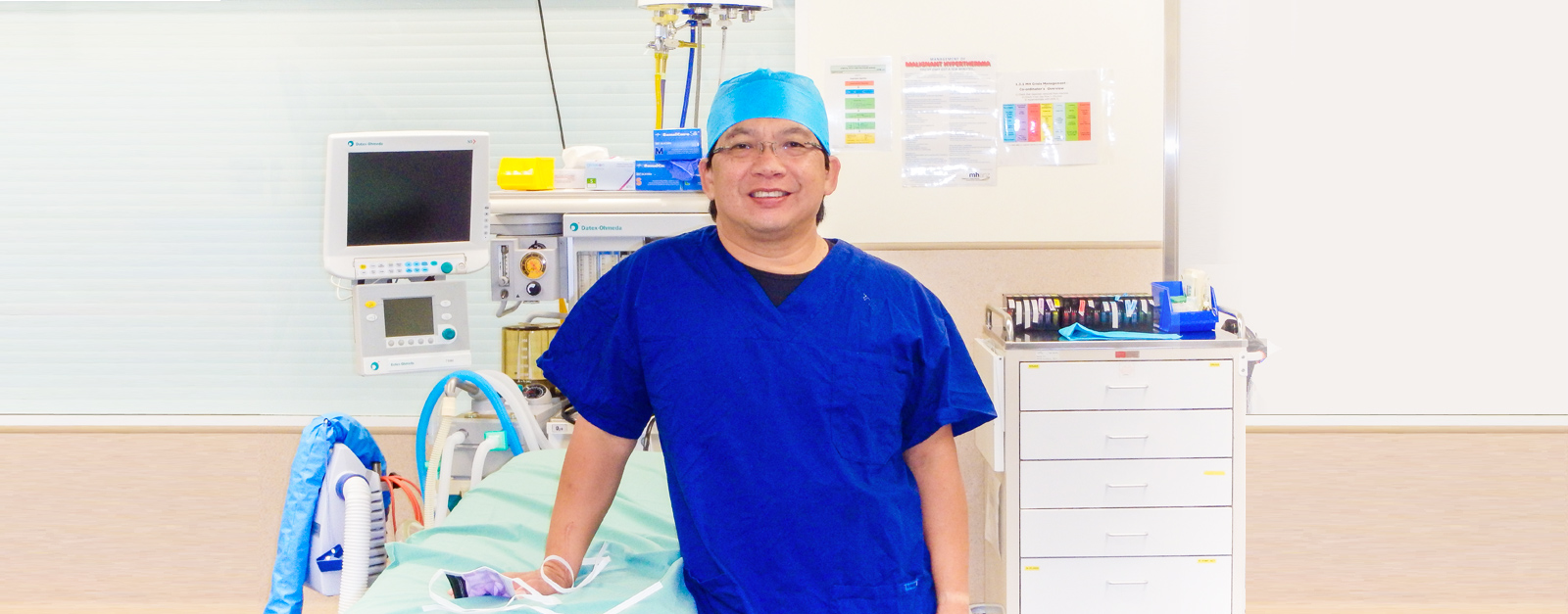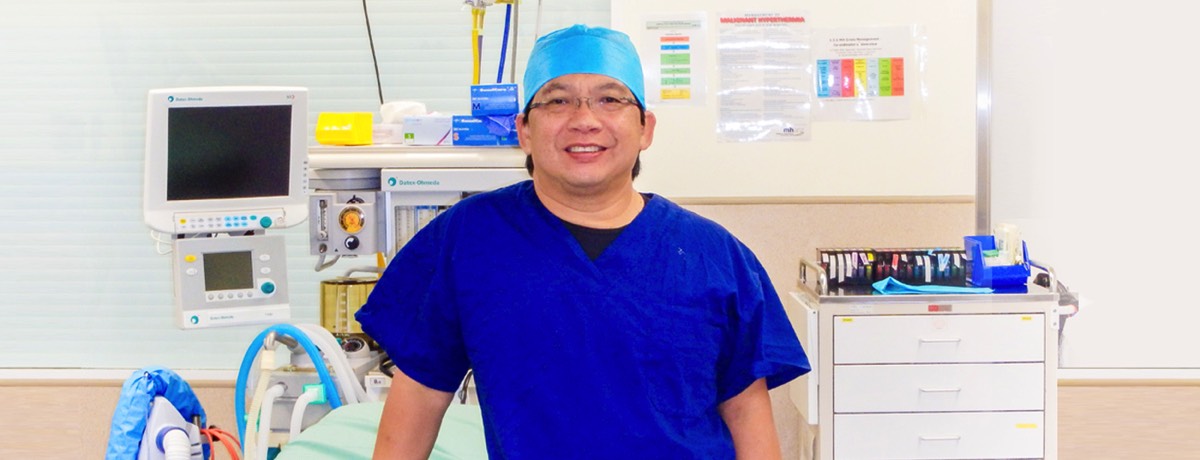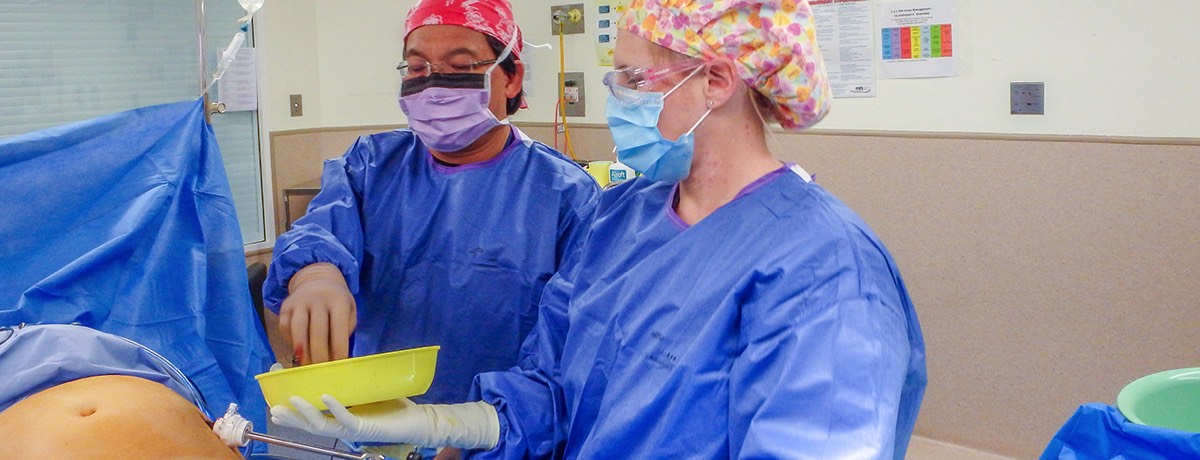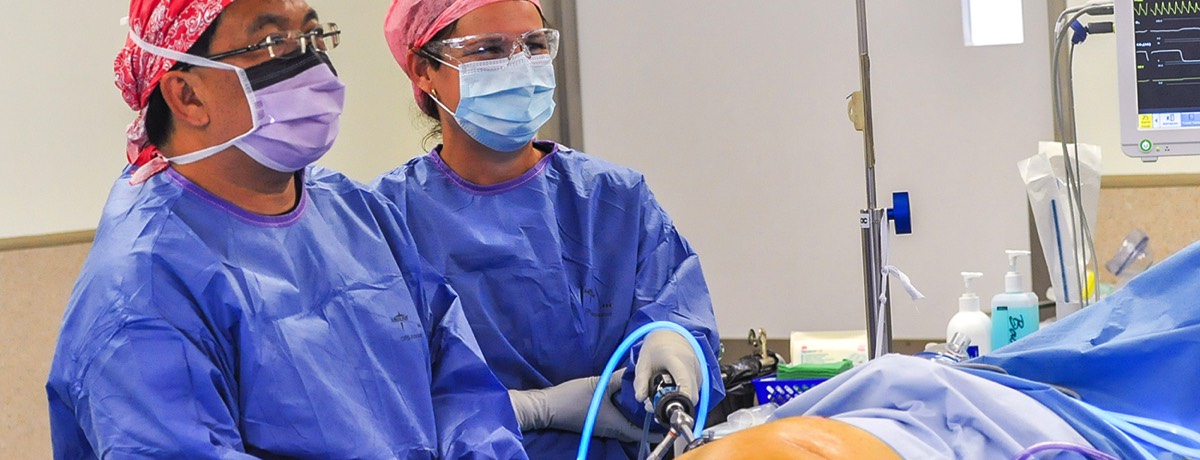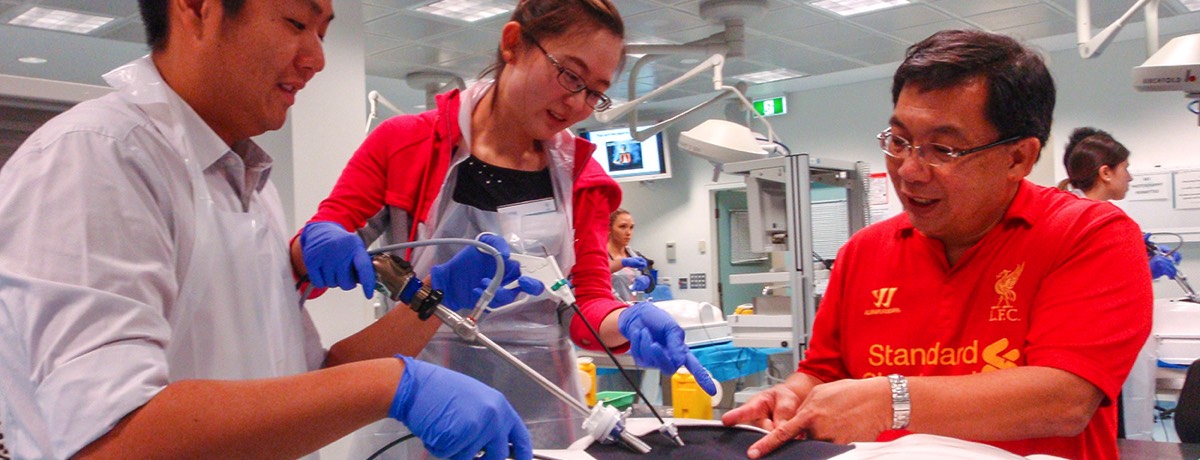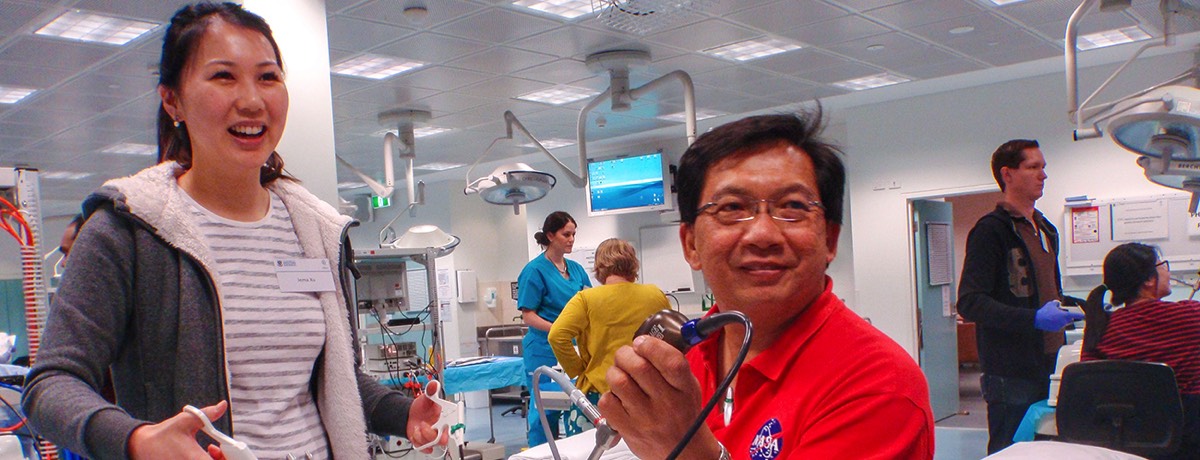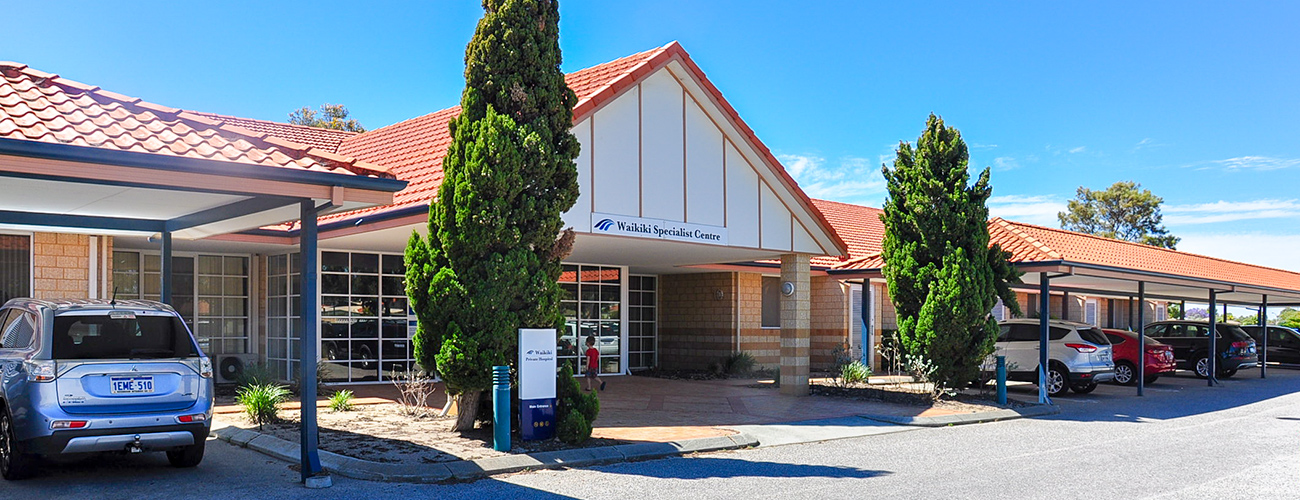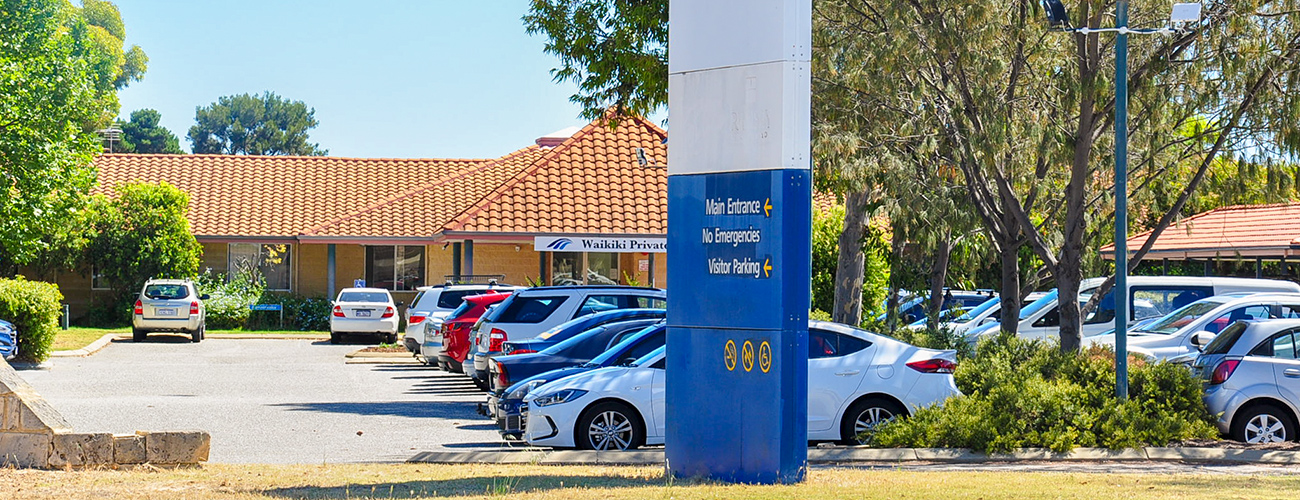Gastroscopy
Anatomy
Gastroscopy is a procedure whereby a flexible telescope is introduced into your mouth and passed down the oesophagus into the stomach and duodenum in order to examine the mucosa or lining of the mouth, oesophagus (gullet), stomach and duodenum (beginning of small bowel).
It is used to investigate symptoms such as indigestion, reflux disease, bleeding causes, abdominal ‘stomach’) pain, nausea and vomiting. Tissue samples taken from the duodenum can also be used to diagnose conditions such as Coeliac disease (gluten intolerance).
It is used to investigate symptoms such as indigestion, reflux disease, bleeding causes, abdominal ‘stomach’) pain, nausea and vomiting. Tissue samples taken from the duodenum can also be used to diagnose conditions such as Coeliac disease (gluten intolerance).
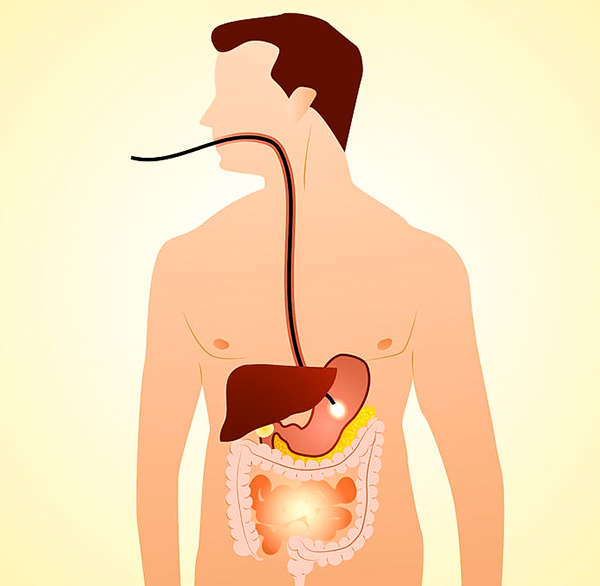
Gastroscopy
Preparation
It is critical that your stomach is empty at the time of examination. You will be provided with information when to stop eating and drinking (even water) prior to the procedure.
Please advise Mr Ahmad about any medications that you take. Some medications may need to be adjusted on the day of the procedure.
The gastroscopy is done as a day procedure. You will be able to go home a few hours after the procedure (please see: after the gastroscopy).
Please advise Mr Ahmad about any medications that you take. Some medications may need to be adjusted on the day of the procedure.
The gastroscopy is done as a day procedure. You will be able to go home a few hours after the procedure (please see: after the gastroscopy).
What is done?
Monitoring equipment will be placed on you to monitor your vital signs during the procedure.
Your dentures may be removed and a small mouthguard placed between your teeth.
The anaesthetist will put an intravenous (‘IV’) cannula in your hand and administer a sedation. This will generally make you not remember anything about the procedure.
The procedure itself should take about 15–20 minutes.
Your dentures may be removed and a small mouthguard placed between your teeth.
The anaesthetist will put an intravenous (‘IV’) cannula in your hand and administer a sedation. This will generally make you not remember anything about the procedure.
The procedure itself should take about 15–20 minutes.
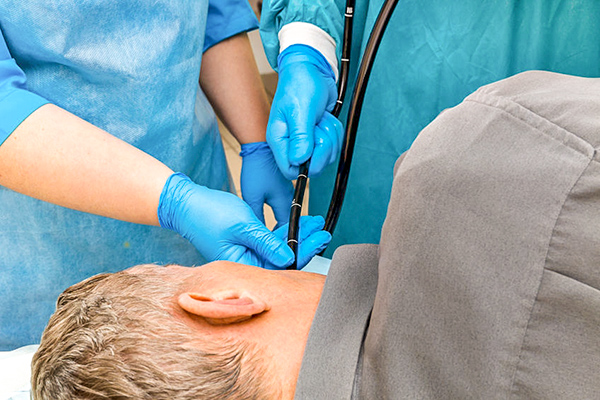
The gastroscope
This is a flexible tube measuring less than 1 cm in diameter. It has a camera, light and a ‘working’ channel within it.
The working channel allows for introduction of a number of pieces of diagnostic and therapeutic equipment down the gastroscope.
Biopsies or tissue samples may be taken for examination by the pathologist, this is a painless procedure.
The working channel allows for introduction of a number of pieces of diagnostic and therapeutic equipment down the gastroscope.
Biopsies or tissue samples may be taken for examination by the pathologist, this is a painless procedure.
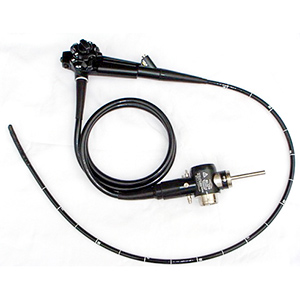
After the gastroscopy
You will be kept under observation until you wake up sufficiently to leave hospital. The sedative may affect your judgement and slow your reflexes for at least 12 hours, therefore:
- Do not drive, use machinery or make important decisions during this period.
- Since you will not be able to drive yourself home, please arrange for someone to be able to collect you after the examination. It is also high recommended to you have an adult stay with you that night.
- Since alcohol and other sedatives will exaggerate the effect of your sedation, please avoid them for 24 hours.
- Your throat may be a bit sore and your abdomen a bit bloated after the procedure. These do not need any specific treatment and will settle on their own.
Complications of gastroscopy
Gastroscopy is a very safe procedure and complications are rare. The two complications are bleeding and perforation (hole in the stomach).
Please contact us if the following occur:
Please contact us if the following occur:
- Fever.
- Trouble swallowing.
- Increasing throat, chest and abdominal pain.
Clinical Associate Professor Hairul Ahmad MBBS FRACS
Upper Gastrointestinal, Advanced Laparoscopic and General Surgery
Perth, Western Australia
Perth, Western Australia
Practice Details
Suite 12, Waikiki Specialist Centre,
221 Willmott Drive, Waikiki WA 6169
Please call (08) 9592 2298 for an appointment.
Fax: (08) 6314 1524
or email us
Office hours
9am–4pm Monday to Friday
Affiliations
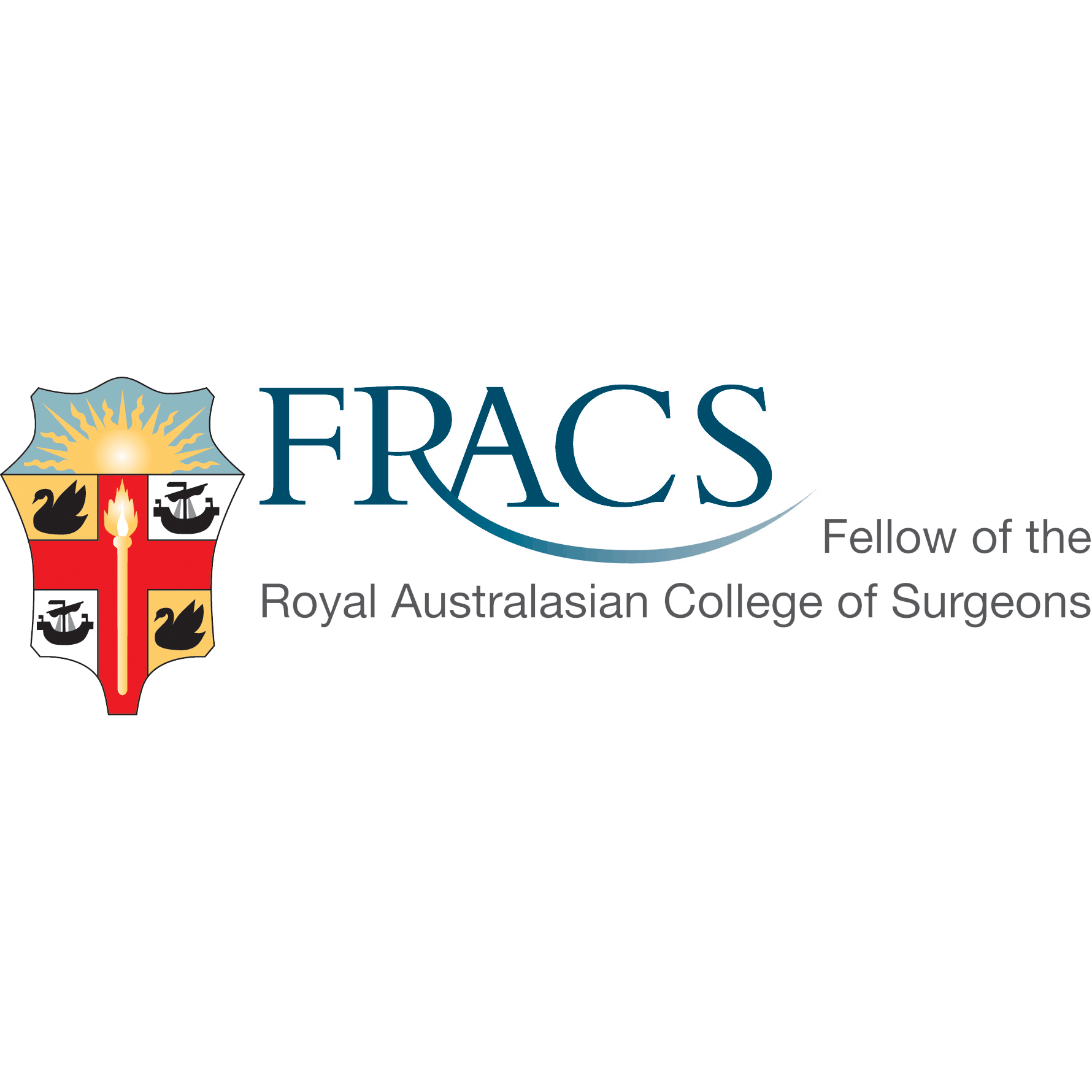

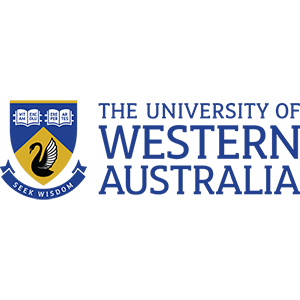
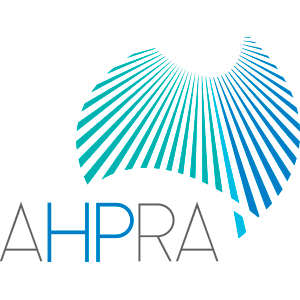
© 2022 Perth General Surgery.
All Rights Reserved. Content and images on this website are subject to copyright.
